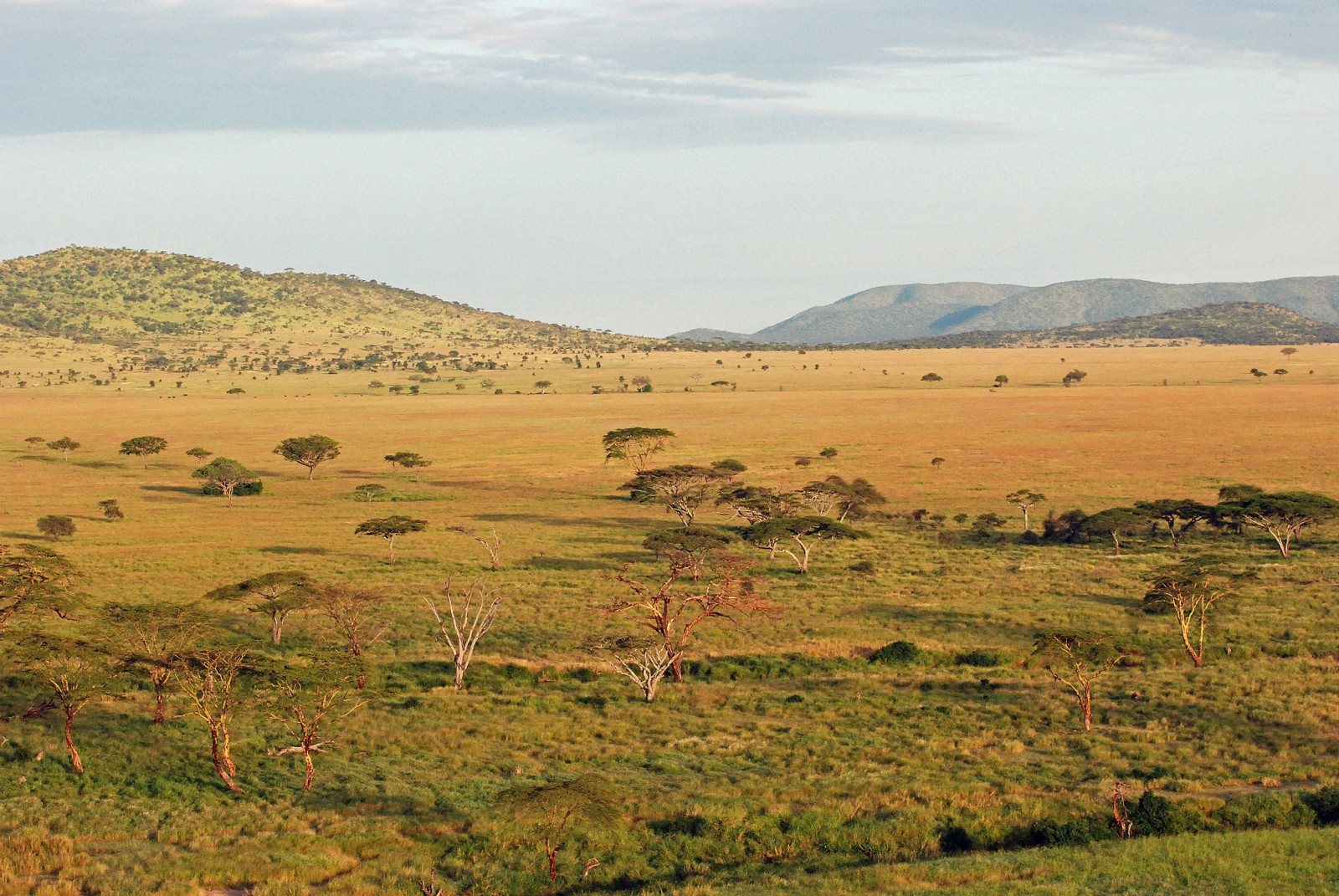Charger images
Les formats d'image autorisés sont de type jpeg, png ou gif
La taille maximale du fichier doit être de 20MB

World heritage site covering 14,750 square kilometers. Not to be missed for encounters with birds and, more famously big game.
Serengeti National Park is one of the most famous wildlife reserves in the world. It spans approximately 14,750 square kilometers and is renowned for its incredible biodiversity and stunning landscapes. You can witness the annual migration of over 1.5 million wildebeest, along with hundreds of thousands of zebras and gazelles, as they move in search of fresh grazing. And the park is home to the Big Five: lion, leopard, elephant, buffalo, and rhinoceros.
Although far more famous for its mammals, there are over 540 species of bird found in the Serengeti. The habitat ranges from wide sweeping grasslands, swamps, forest and woodland as well as Kopjes which are visible for miles. The types of birds to be found here is vast - from eagles, vultures and hawks to ducks, geese, waders, flamingo, jacanas, ostrich, swallows and a range of smaller birds.
Bird species endemic to the region include the Grey-breasted Spurfowl, Red throated tit, Rufous-tailed weaver, Grey-crested helmet shrike, and Schalow's Turaco. Some other birds you can encounter include Secretarybird, African Fish-eagle, Fischer's Lovebird or countless vulture species.
Nearly everyone visiting the Serengeti will be on a guided tour, normally in a 4x4 or land cruiser, with a local driver. They have knowledge of where to go to see different species so are an ideal way of seeing the park.
The Serengeti is a vast ecosystem located in northern Tanzania, extending into southwestern Kenya. The only proper way to visit the Serengeti is on a guided tour in a land cruiser. Although there is a main road through the park, many of the vehicles stray off of this route once in the park. Bear in mind, the vehicles have facilities for observation and photography. The guides will not allow you to get out on foot unless it is at a stop they know to be safe
This route starts at the Naabi Hill Gate - the southern entrance on the road to Arusha (about 4 hrs drive away) and finishes at the Ranger station near Seronara Airstrip. The Naabi Hill Gate (marked with 1 on the map) serves as an administrative checkpoint where visitors can pay for and obtain permits. The gate is situated on a small hill, offering stunning views of the surrounding plains.
Votre feedback sera transmis à l’auteur.rice de cette zone et à l’équipe éditoriale de Birdingplaces, qui l’utiliseront pour améliorer la qualité des informations. (Vous souhaitez publier un commentaire visible en bas de page ? Fermez cette fenêtre et choisissez l’Option 1 : « Publier un commentaire, un conseil ou une observation ».)
Veuillez fournir des suggestions d'améliorations ou d'ajouts au texte de ce site ornithologique.
Veuillez fournir vos suggestions d'améliorations ou d'ajouts à la carte.
Veuillez fournir des suggestions d'améliorations ou d'ajouts à la liste des oiseaux.
Cliquez sur l'icône de l'oiseau () Insérez les noms d'oiseau dans votre langue. Ils seront automatiquement traduits pour les autres usagers !